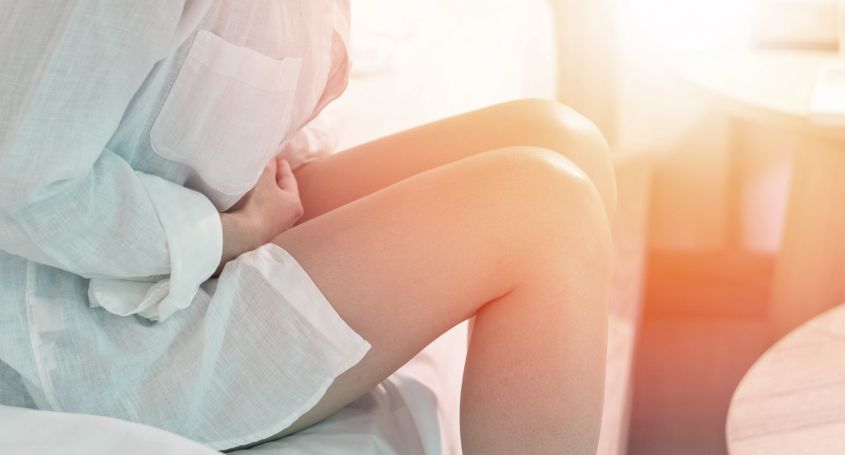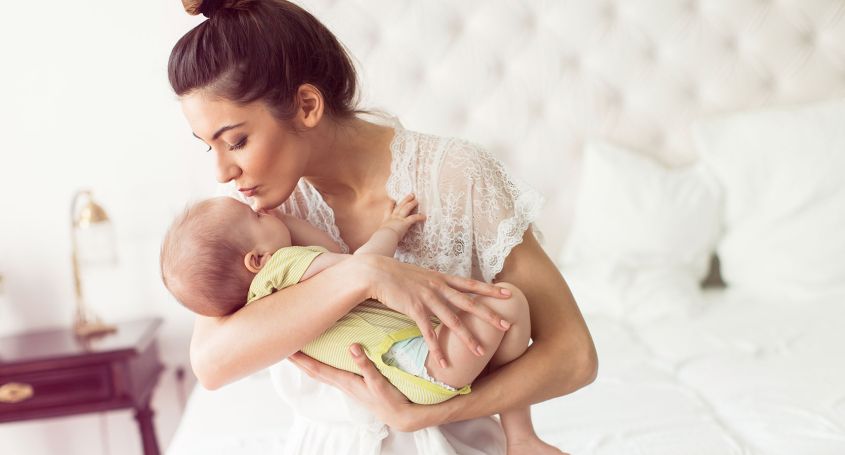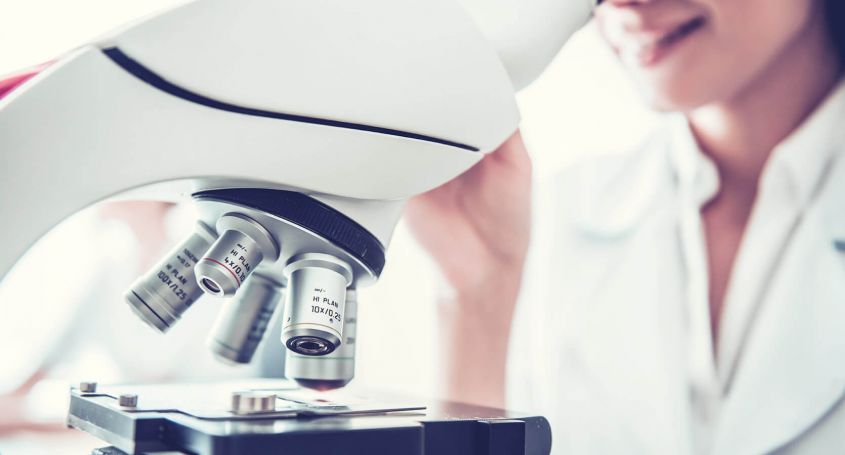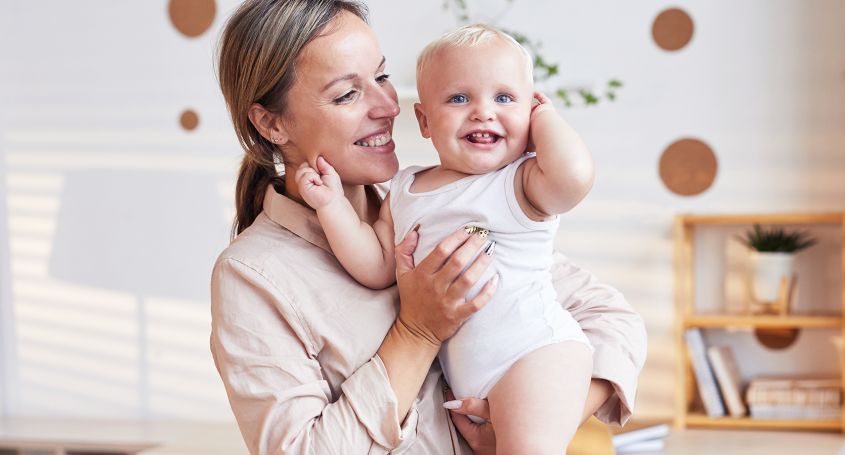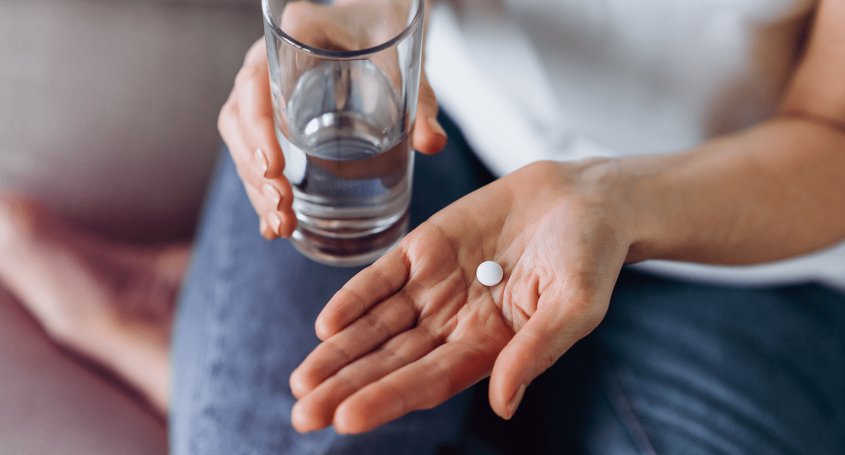Artificial insemination is a minimally invasive assisted reproduction treatment in which sperm are introduced unnaturally into the woman's uterus in order to achieve pregnancy. Depending on the origin of the sperm sample, we will speak of conjugal artificial insemination (CAI), when the sample comes from the male partner, or donor artificial insemination (DAI), when the sample comes from a sperm donor .
Artificial insemination protocol
In order to perform an insemination, a couple of minimum requirements are necessary: first, that at least one of the fallopian tubes is permeable and second, that the woman can ovulate spontaneously, either naturally or through hormonal treatment.
The natural cycle can be used for the insemination protocol, although generally a gentle ovarian stimulation is prescribed so that only one follicle develops. After several ultrasound controls, the ideal moment to induce ovulation by means of hormonal medication is assessed. Finally, 36 hours after induction, the actual insemination is performed.
Factors influencing the success of an insemination
Multiple factors can determine the success of an insemination. Considering the female factor, aspects such as the woman's age, her endometrial receptivity or previous pathologies such as endometriosis or polycystic ovarian syndrome have an impact on the success of an insemination. In the case of a CAI, seminal quality is fundamental, requiring a minimum motile sperm count of 3 million to carry out an insemination with guarantees of success.
Success rate and cumulative rate
The two factors that largely determine the success rate of an insemination are the age of the woman and the source of the semen. In young women (under 35 years of age) the rate is around 30% for DAI and 25% for CAI. In women between 35 and 40 years of age, the rates range between 20% for DAI and 15% for CAI. After the age of 40, the rates decrease significantly, ranging from 10% for DAI to 8% for CAI.
Generally, it is recommended to perform a series of inseminations until pregnancy is achieved, about 3 or 4 attempts. In this case we speak of a cumulative success rate. Cumulative rates also vary according to the age of the woman and the origin of the semen. In women under 35 years of age, we can reach a 70% success rate for DAI and 50% for CAI. Between 35 and 40 years of age, the cumulative pregnancy rates are around 50% for DAI and 35% for CAI. In women over 40 years of age, the rates drop to 22% for DAI and 15% for CAI.
If pregnancy has not been achieved after four attempts, a change to other assisted reproductive techniques such as in vitro fertilization should be considered, since it is considered that the cumulative rate will not vary any more.








